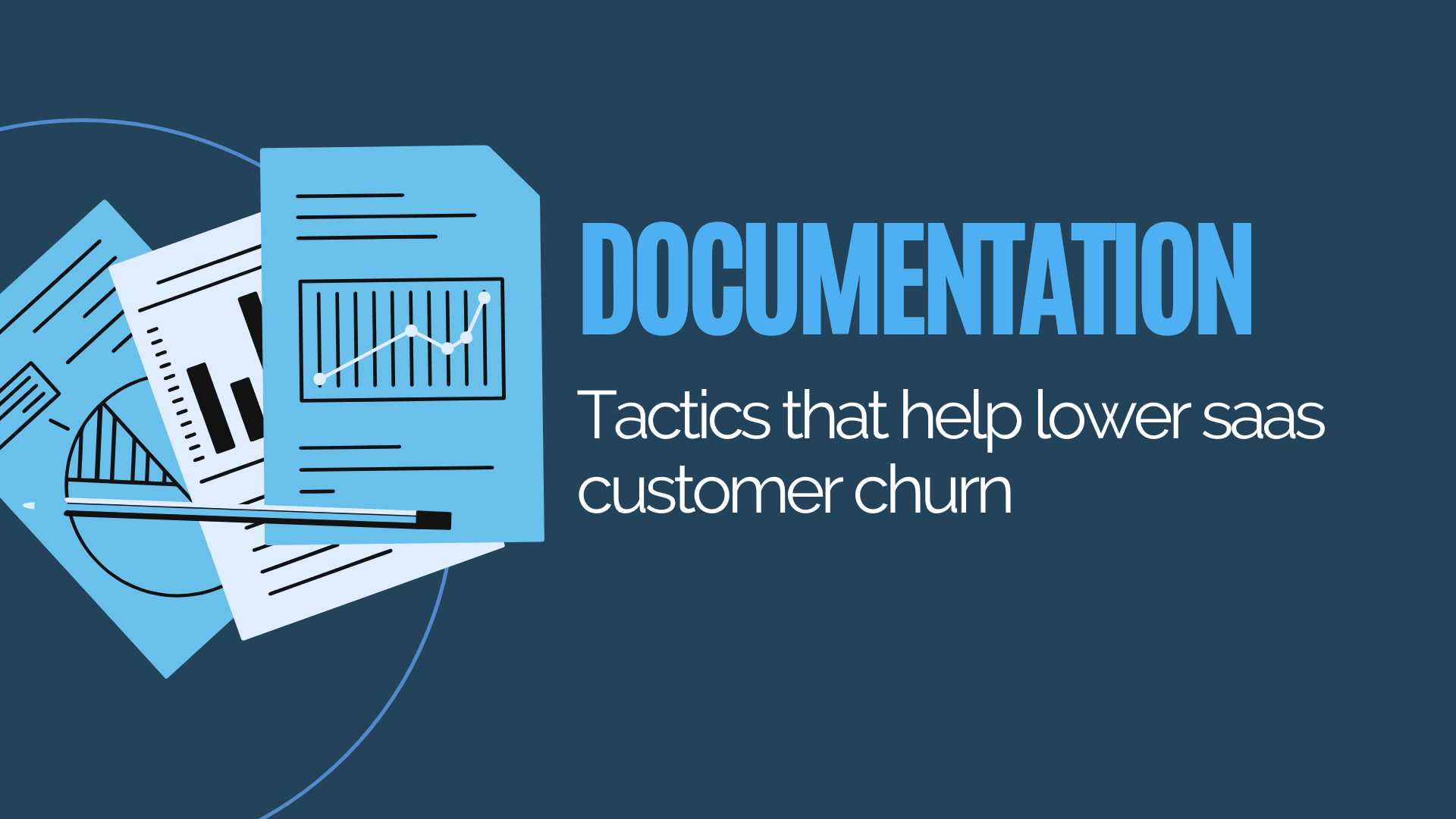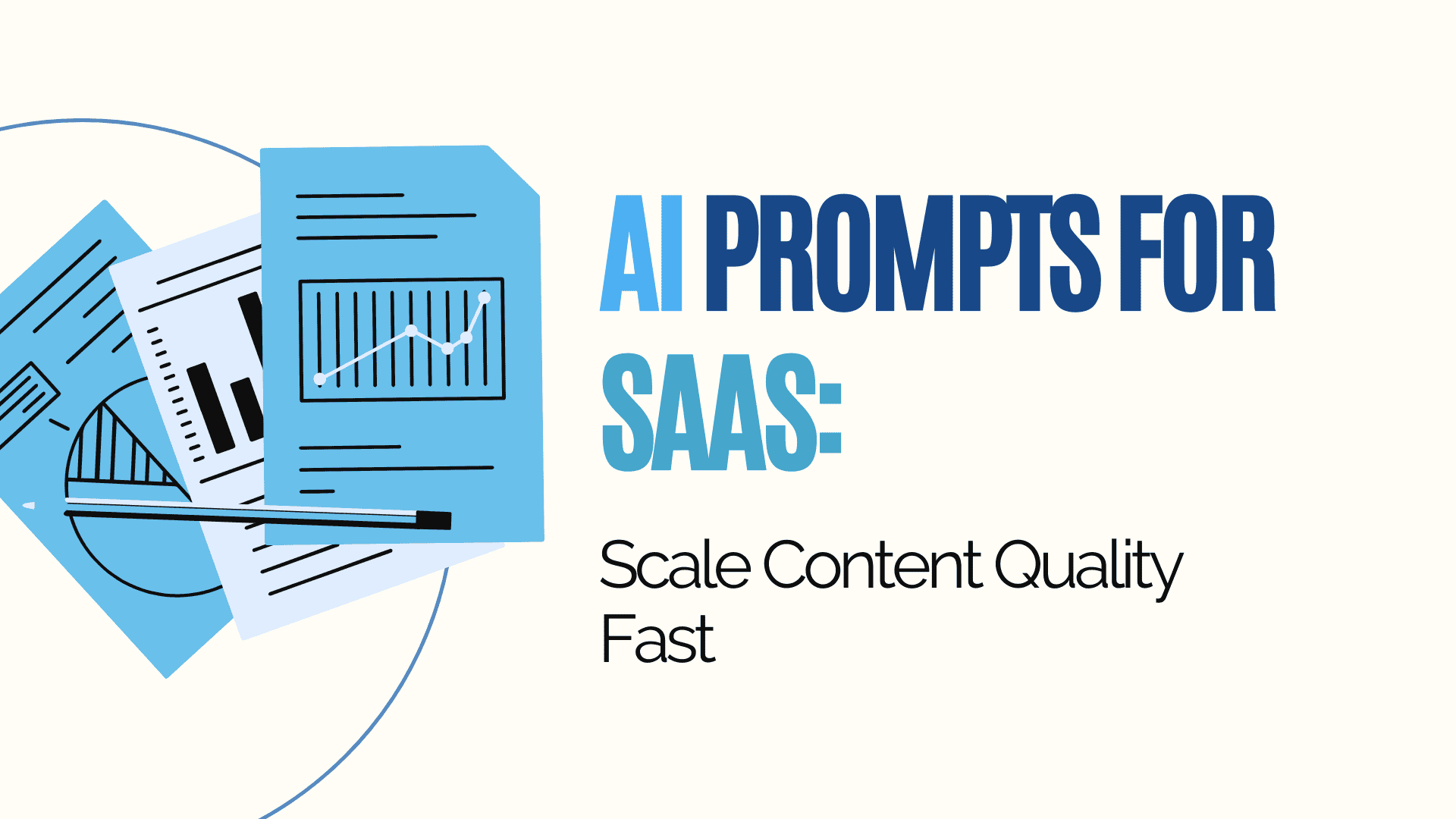BLOG
News, Guides, and Inspiration
Bits of usefulness, and bytes of updates

High-performing help centers and what you can learn
Most SaaS help centers fall behind because content grows faster than the process supporting it, leading to outdated articles, weak search, and rising support load. High-performing help centers focus on search-first structure, clear ownership, regular audits, and careful use of AI to speed drafts without sacrificing accuracy. Over time, audits improve not just support but onboarding, product clarity, and customer understanding.
Read post

30-Minute Knowledge Base Audit: Spot Gaps Fast
A quick monthly audit helps SaaS teams keep documentation current without slowing product work. By checking top articles, search behavior, UI accuracy, and missing steps, teams catch friction before customers hit it. This simple 30-minute habit reduces repeat questions, boosts self-serve success, and keeps support, product, and marketing aligned.
Read post

How to Keep Docs High Quality in Fast Release Cycles
Fast release cycles often push documentation to the back seat, leaving teams with scattered notes, inconsistent articles, and rising support volume. This guide explains why documentation breaks under rapid shipping and lays out clear workflows, ownership structures, and lightweight tools to keep content accurate and aligned. It also shows how AI, simple processes, and regular audits help teams maintain a trustworthy help center even when the product changes every week.
Read post

Build a Single Source of Truth: Remote Team Knowledge Management
Remote teams often struggle with scattered information, leading to repeated questions, slow onboarding, and inconsistent workflows. A centralized, searchable knowledge base—built with simple processes like templates, ownership, and regular reviews—helps teams stay aligned, reduce errors, and find answers quickly. HelpSite enables remote teams to build this single source of truth with fast search, easy setup, and multi-site flexibility, improving both internal efficiency and customer support.
Read post

Documentation Tactics That Help Lower SaaS Customer Churn
Strong documentation cuts churn by helping customers solve problems fast and reach value sooner. AI-driven workflows make it easier to keep articles accurate, clear, and updated without adding more staff. With a platform like HelpSite, SaaS teams can maintain reliable, easy to search content that lowers support load and keeps users satisfied.
Read post

AI Prompts for SaaS: Scale Content Quality Fast
This guide shows SaaS teams how to use structured AI prompts to speed up content creation without losing quality or accuracy. It explains how to build a simple workflow for drafting, reviewing, and publishing using tools like HelpSite, plus prompt frameworks for both support docs and internal process notes. It also covers common mistakes, how to avoid them, and how AI can help small teams keep documentation current with less effort.
Read post

Help Center SEO: Optimize Articles for Google & Users
A well-optimized help center reduces tickets and boosts search visibility. By using clear structure, internal links, and fresh content, your support articles can rank in Google and actually help users. You don’t need to be an SEO expert—just apply a few best practices to make every article easier to find and use.
Read post
.png)
The 3-Minute Knowledge Base Audit: Is Yours Helping or Hurting?
Most knowledge bases aren’t broken because of bad content. They’re broken because no one checks if they still work. This post breaks down a simple 3-minute audit that helps you see whether your help center is actually reducing tickets—or quietly adding more. It shows how quick checks on search, content freshness, and deflection can reveal where self-service is failing and how to fix it fast, without rebuilding everything.
Read post
.png)
AI Writing Prompts for SaaS Content: How to Scale Quality Without Losing Your Voice
SaaS teams can scale content production without losing their brand voice by using reusable AI writing prompts that define intent, tone, and structure. The article explains how to build “super-prompts,” store them in HelpSite for easy reuse, and use them to speed up workflows while keeping content consistent and human.
Read post

How to Measure the Real ROI of Your Knowledge Base
This guide breaks down how to measure the real ROI of your knowledge base—going beyond page views to track metrics like ticket deflection, article usefulness, and time-to-resolution. It explains why these numbers matter for leadership buy-in, team recognition, and continuous improvement, showing how tools like HelpSite make it easy to see impact in real terms.
Read post

Support Article Lifecycle: From Ticket to Searchable Help
The support article lifecycle turns resolved tickets into lasting customer resources. By identifying repeat questions, drafting clear instructions, reviewing for accuracy, and publishing in an organized knowledge base, teams reduce support volume while improving customer satisfaction. Regular promotion, performance tracking, and updates ensure the knowledge base remains useful, searchable, and trustworthy.
Read post

Should You Gate Your Knowledge Base? Pros and Cons
Most businesses should avoid fully gating their knowledge base, since it limits SEO, frustrates users, and drives up support tickets. Gating makes sense for sensitive, compliance-driven, or premium content, but not for everyday FAQs or troubleshooting guides. A hybrid approach—keeping common answers public while protecting advanced or internal docs—strikes the right balance between control and accessibility.
Read post
.png)
Turn your help articles into a lead gen asset—here’s how
Your help center isn’t just for support—it can also attract and convert new leads. By aligning help articles with search intent, optimizing them like landing pages, adding subtle CTAs, and interlinking with marketing content, you turn FAQs into evergreen SEO assets. With analytics, social proof, and AI scaling, your knowledge base becomes a quiet but powerful driver of customer acquisition and trust.
Read post

Self-Service Gaps, Why Users Skip the Knowledge Base
Customers skip self-service when search fails, content feels unclear, or docs are outdated. HelpSite fixes this with predictive search, easy updates, and smart escalation to human support. Fresh, user-friendly content can cut tickets by up to 50% and make the knowledge base the go-to resource.
Read post
.png)
Why Ticket Deflection Shouldn’t Mean User Deflection
Ticket deflection reduces support volume by guiding users to self-service resources like FAQs and knowledge bases, but it should never feel like pushing customers away. Done right, it saves costs, boosts satisfaction, and helps lean teams scale without hiring more agents. HelpSite makes this possible with smart search, branded docs, and contact forms that suggest answers while still offering a clear path to human help.
Read post
-min.png)
The Rise of Lightweight Documentation Tools (a Good Thing)
Lightweight documentation tools are becoming popular because they strip away complexity, making it easy for teams to publish and find knowledge quickly. Unlike heavy platforms that slow teams down with steep learning curves and high costs, lightweight options focus on speed, simplicity, and affordability. This shift helps SaaS support leads, IT managers, and agencies save time, reduce support tickets, and provide a better experience for both teams and customers.
Read post
.png)
Knowledge Base Software: Why a Custom Domain Matters
A custom domain for your knowledge base strengthens trust, keeps your help center visually aligned with your brand, and improves the user experience. It also boosts SEO by keeping search traffic, backlinks, and authority on your own domain instead of your vendor’s. HelpSite makes this possible quickly, even on the free plan, with features like branded design, fast search, and smart contact forms.
Read post
.png)
The Most Overlooked Page in SaaS: Your Help Center
Most SaaS companies ignore their help center, even though it's a key tool for keeping customers happy and reducing support load. A strong help center builds trust, boosts SEO, supports sales, and can cut support tickets by up to 50%. Simple changes—like surfacing it in your main nav, writing clearer articles, and auditing for usability—can turn it into a quiet growth engine.
Read post
.png)
Knowledge Base vs Live Chat: Support Without the Overhead
Live chat offers instant help but quickly becomes costly with 24/7 staffing needs, burnout, and repeated simple questions. A knowledge base scales better, letting customers self-serve answers anytime while reducing tickets and agent workload. HelpSite makes this shift easy with AI-drafted articles, fast search, and multi-site support for lean teams.
Read post
.png)
Why Startups Need a Knowledge Base Before Hiring Support
Startups get overwhelmed with repeat support questions long before they can afford a dedicated team, making a knowledge base essential from day one. A simple, searchable help center lets founders scale answers without extra cost, saving time and reducing inbox overload. HelpSite helps startups launch one fast—with AI-generated articles, instant search, and a free plan that’s ready in under an hour.
Read post
.png)
Best Practices to Set Up a Private Knowledge Base (With SSO)
This guide covers how to set up a secure, easy-to-manage private knowledge base with SSO. It explains how to choose the right platform, structure content clearly, and keep access both safe and simple. Key tips include using SSO to boost adoption, avoiding shared passwords, and tracking usage to improve over time. With the right setup, your internal knowledge hub can stay useful—not forgotten.
Read post
.png)
SOP Software: Key Features to Look For in 2025 Guide
In 2025, the best SOP software is simple, fast, and built for real-world operations teams—not bloated enterprise tools. This guide breaks down the must-have features like smart search, clean UX, and multi-site support, while flagging common pitfalls to avoid. Whether you're managing internal docs or public help centers, the right tool can boost productivity and cut down costly errors.
Read post
.png)
How to Build an Internal Knowledge Base in Under a Day
If your team's knowledge is buried in scattered chats and inboxes, building an internal knowledge base can fix that in a matter of hours—not weeks. Tools like HelpSite let you create a searchable, secure hub of team know-how quickly, with smart features like auto-drafting and built-in search. Start small with essential categories and articles, then roll it out by linking in Slack, onboarding docs, or email signatures while gathering feedback to keep it useful.
Read post
.png)
Will AI Kill the FAQ? How LLMs Change Self-Service
Traditional FAQs can’t meet modern customer expectations—but AI self-service can. This post explores how LLMs are changing support by delivering faster, smarter answers. Learn why static FAQs fall short, how to structure AI-ready content, and how HelpSite supports modular, scalable knowledge bases—plus a look at upcoming features like versioning and article ownership.
Read post
.png)
HelpSite vs HelpJuice: Pricing, Features & 2025 Reviews
Tired of bloated support tools that promise everything but slow you down? We put HelpSite and HelpJuice head-to-head to uncover which knowledge base platform truly helps lean teams launch fast, stay flexible, and scale affordably. If you're weighing features, pricing, and real-world fit, this comparison gives you the clarity you need.
Read post
.png)
Knowledge base article template (Free Google Doc + examples)
Learn how to replace scattered SOPs and Slack threads with a secure, centralized knowledge base your team will actually use. This guide walks you through setting up a private HelpSite, complete with access controls, custom domains, and review workflows. Ideal for fast-growing teams that need clarity, not clutter.
Read post
-min.png)
Private Knowledge Bases: Set-up & 5 Security Best Practices
This guide shows IT, Ops, and startup teams how to set up a secure, private knowledge base using HelpSite. It covers step-by-step setup, smart access controls like SSO, and five best practices to keep internal docs safe and evergreen. Perfect for replacing scattered Google Docs with a searchable, permission-based hub.
Read post

Which to Choose: Knowledge Base vs Help Center vs FAQ
Cut down on repeat support tickets with the right self-service tools. This guide breaks down the difference between knowledge bases, help centers, and FAQ pages—plus how to use all three together. HelpSite makes it easy to launch them from one no-code dashboard, all while following Google’s 2024 helpful content best practices.
Read post


